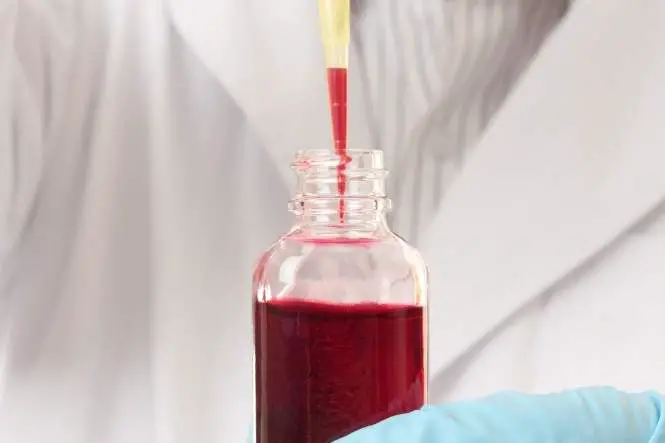Pathology is the study of disease and its causes. Forensic pathology involves discovering the cause of death, especially in cases where it is sudden or the police suspect that it has not occurred by natural causes. A forensic pathologist is a medical doctor trained in pathology.
Forensic pathology dates back to the 16th century in Europe.
Determining How Someone Died
The first stage is to conduct a post-mortem (also known as an ‘autopsy’). This involves first examining the body and looking at its external appearance to help identification and to begin to determine how the person died – for example looking for evidence of blows, looking at the size, shape and location of wounds such as stab wounds or bullet entry points, or looking for signs of asphyxia.
The pathologist will then begin surgical procedures and study the internal organs to see how external injuries connect to internal injuries, for example bruising of the brain following a head injury, or damage to the heart and blood vessels following a stabbing or shooting, and look for evidence of disease as a cause of death, for example heart attack, stroke, aneurysm or infection.
The stomach contents may provide clues to the time circumstances or cause of death. The forensic pathologist will also look for microscopic changes in the tissues to support these observations.
The autopsy may also include taking samples that may lead to conviction of a murderer or rapist including taking samples from under fingernails, or samples of semen from vaginal swabs.
The pathologist will need to take precautions to protect him or herself and other staff if the victim died of (or with) an infectious disease such as HIV.
The circumstances or state in which the victim was fund can cause problems for the pathologist – for example if the body was found in water, or in a significant state of decomposition.
Determining Why Someone Died
As well as looking at how someone died, the forensic pathologist will determine why he or she died – was it an accident or natural causes, or was it suicide or murder. Sometimes the cause of death remains undetermined.
Forensic pathologists may also have to help identify the dead person, which can include looking at medical records and dental records, especially if the face has been mutilated.
The Working Life
Forensic pathologists may have to give evidence at coroner’s courts and Crown courts, and have to be able to communicate clearly to experts and lay people, including bereaved families.
The pathologist will work with other branches of forensic sciences and medicine and will use the resources of biochemists, pharmacologists, microbiologists and haematologists.
Working as a forensic pathologist can be quite harrowing, and to cope, pathologists have to be able to separate themselves from their cases. This may include developing what seems to be a rather grim sense of humour to outsiders.
Developments In Forensic Pathology
Some forensic pathologists are looking at MRI (magnetic resonance imaging) as an alternative or in addition to autopsy, but it does not seem to offer enough detail.

